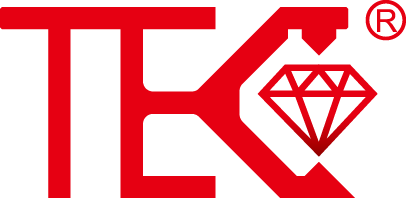UpgradingYourLevelMeasurementSystemtoMagnetostrictive
In today's demanding industrial environments, accurate and reliable level measurement isn't just a convenience—it's an absolute necessity for process efficiency, safety, and profitability. Many facilities still rely on older technologies like float switches, capacitance probes, or ultrasonic sensors, which can be prone to drift, contamination, and measurement inaccuracies. These legacy systems often lead to unplanned downtime, product waste, and increased maintenance costs, creating a significant operational bottleneck. Upgrading to a magnetostrictive level measurement system presents a sophisticated solution that delivers the precision and reliability modern processes require.
The Fundamental Principle of Magnetostrictive Technology
At its core, magnetostrictive technology operates on a precise and reliable physical principle. The system consists of a sensing rod or tube, through which a low-current electrical pulse, known as an interrogation pulse, is sent periodically. A magnetic float, which moves freely along the rod, corresponds to the liquid or solid level in the tank. When the current pulse meets the magnetic field of the float, it creates a torsional stress wave that travels back along the waveguide. The system's electronics precisely measure the time difference between the sent pulse and the returned wave to determine the exact position of the float, and thus, the material level. This time-based measurement is inherently stable and highly resistant to the factors that typically degrade the performance of other level sensors.
Key Advantages Over Traditional Measurement Methods
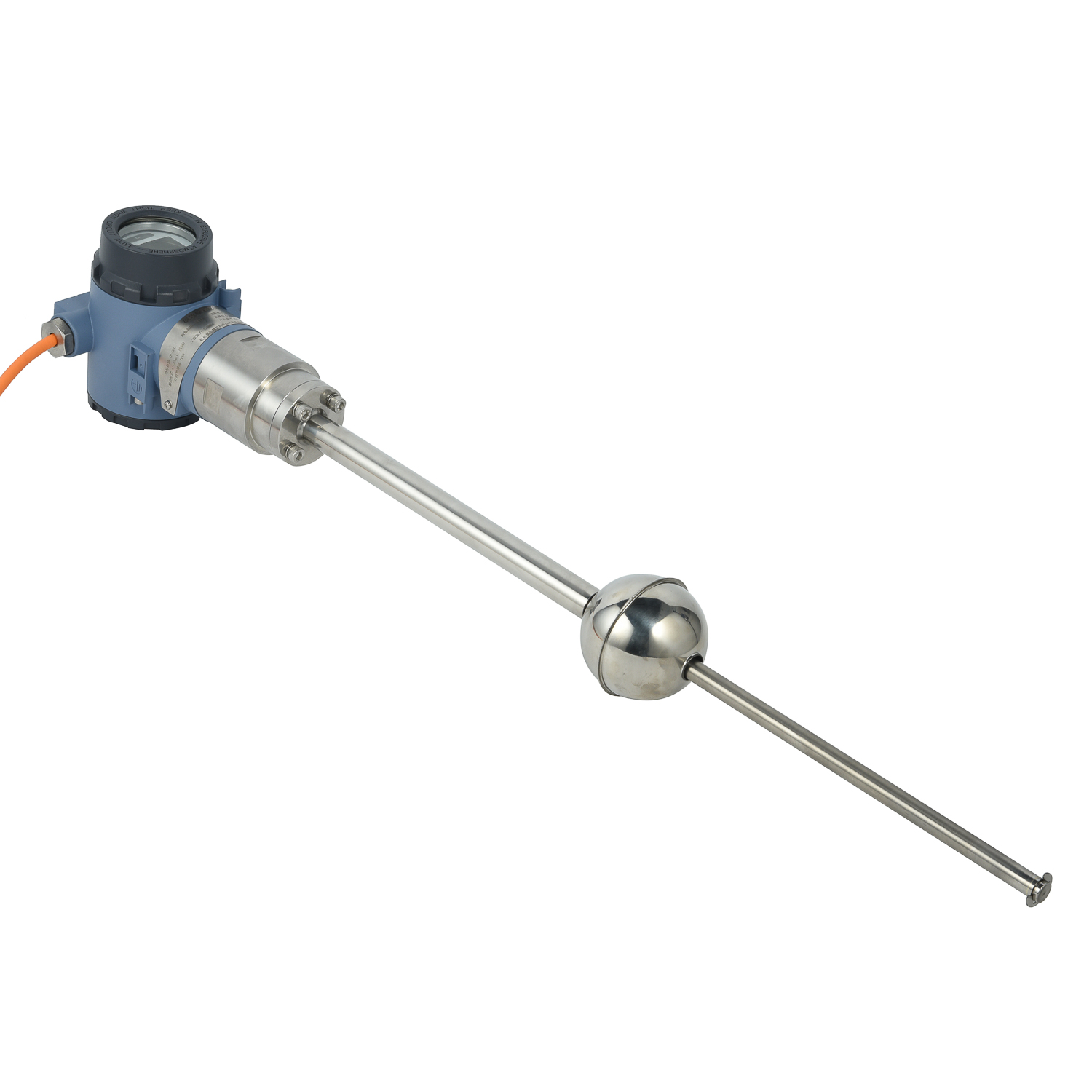
The benefits of transitioning to a magnetostrictive system are substantial and directly impact your bottom line. Unlike mechanical floats that can stick or wear out, the non-contact measurement between the float and the waveguide ensures exceptional long-term reliability and repeatability. These systems provide high-resolution, continuous level data, enabling precise inventory control and superior process management. They are largely unaffected by changes in process conditions such as density, dielectric constant, or conductivity, and they maintain their calibration over time with minimal drift. This results in significantly reduced maintenance requirements, fewer process interruptions, and more consistent, high-quality output from your operations.
Critical Applications for Magnetostrictive Sensors
Magnetostrictive level transmitters excel in a wide array of challenging industrial applications. They are the preferred choice for precise inventory management of liquids and interfaces in storage tanks, including those containing chemicals, fuels, and edible oils. In process vessels and reactors, they provide the critical control data needed for batching, blending, and ensuring recipe consistency. Their ability to accurately measure the interface level between two immiscible liquids, such as oil and water, makes them invaluable in separation and purification processes. Furthermore, their robust design allows for reliable performance in environments with agitation, turbulence, or high-pressure and high-temperature conditions.
A Step-by-Step Guide to System Upgrade
Upgrading your level measurement system is a strategic process that, when planned correctly, ensures a smooth transition and rapid return on investment. The first step involves a thorough assessment of your current setup, identifying the specific limitations and pain points you aim to resolve. Next, select a magnetostrictive sensor with the appropriate specifications—including length, pressure rating, temperature tolerance, and material of construction—to match your process requirements. Installation is typically straightforward, often utilizing existing mounting holes, which minimizes downtime. Finally, integration with your plant's control system (DCS, SCADA, or PLC) unlocks the full potential of the continuous, high-resolution data for advanced process optimization and automated control loops.
Maximizing Your Investment with Advanced Features
Modern magnetostrictive transmitters offer more than just basic level data; they are intelligent devices that can enhance your entire operation. Many models come equipped with sophisticated onboard diagnostics that can predict maintenance needs and alert operators to potential issues like float hang-up or electronics failure. The availability of multiple output options, including analog 4-20 mA, HART, Foundation Fieldbus, and Profibus PA, ensures seamless compatibility with your existing control architecture. By leveraging the continuous, real-time data from these advanced sensors, you can optimize inventory turns, reduce product loss, improve safety systems, and make more informed, data-driven decisions for your plant.
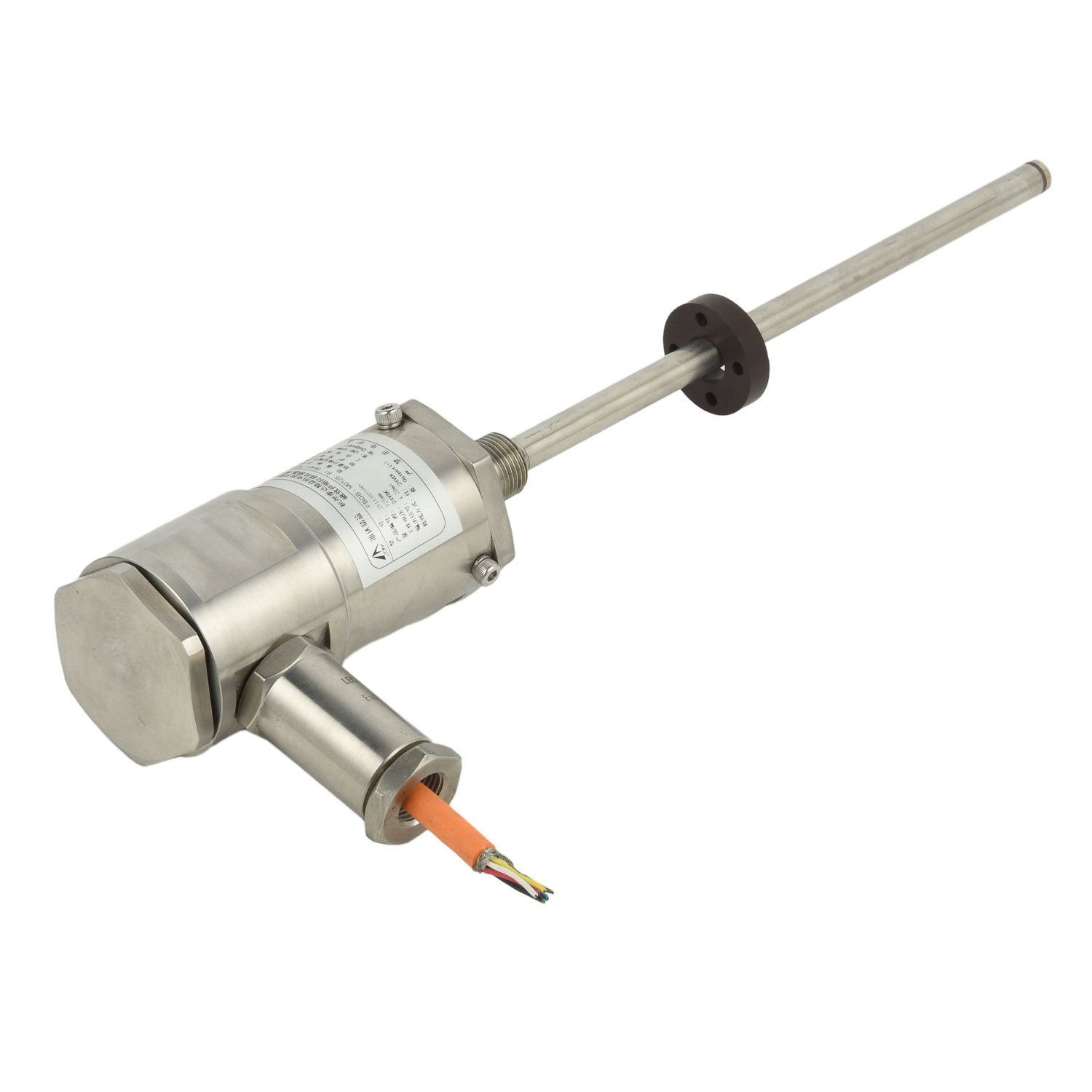
 UpgradingYourLevelMeasurementS
UpgradingYourLevelMeasurementS
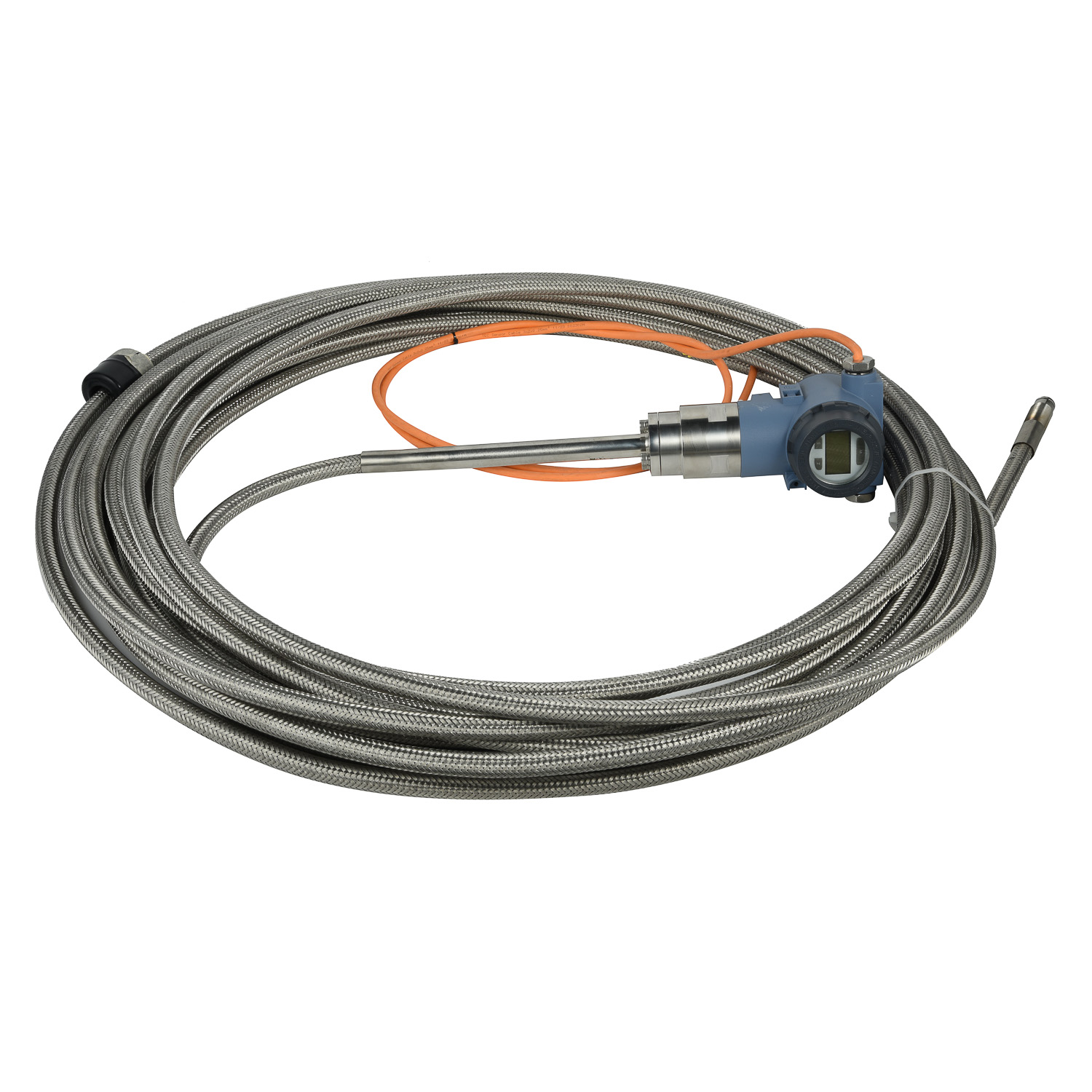 Why are magnetostrictive level
Why are magnetostrictive level
 ComparingMagnetostrictiveandRa
ComparingMagnetostrictiveandRa
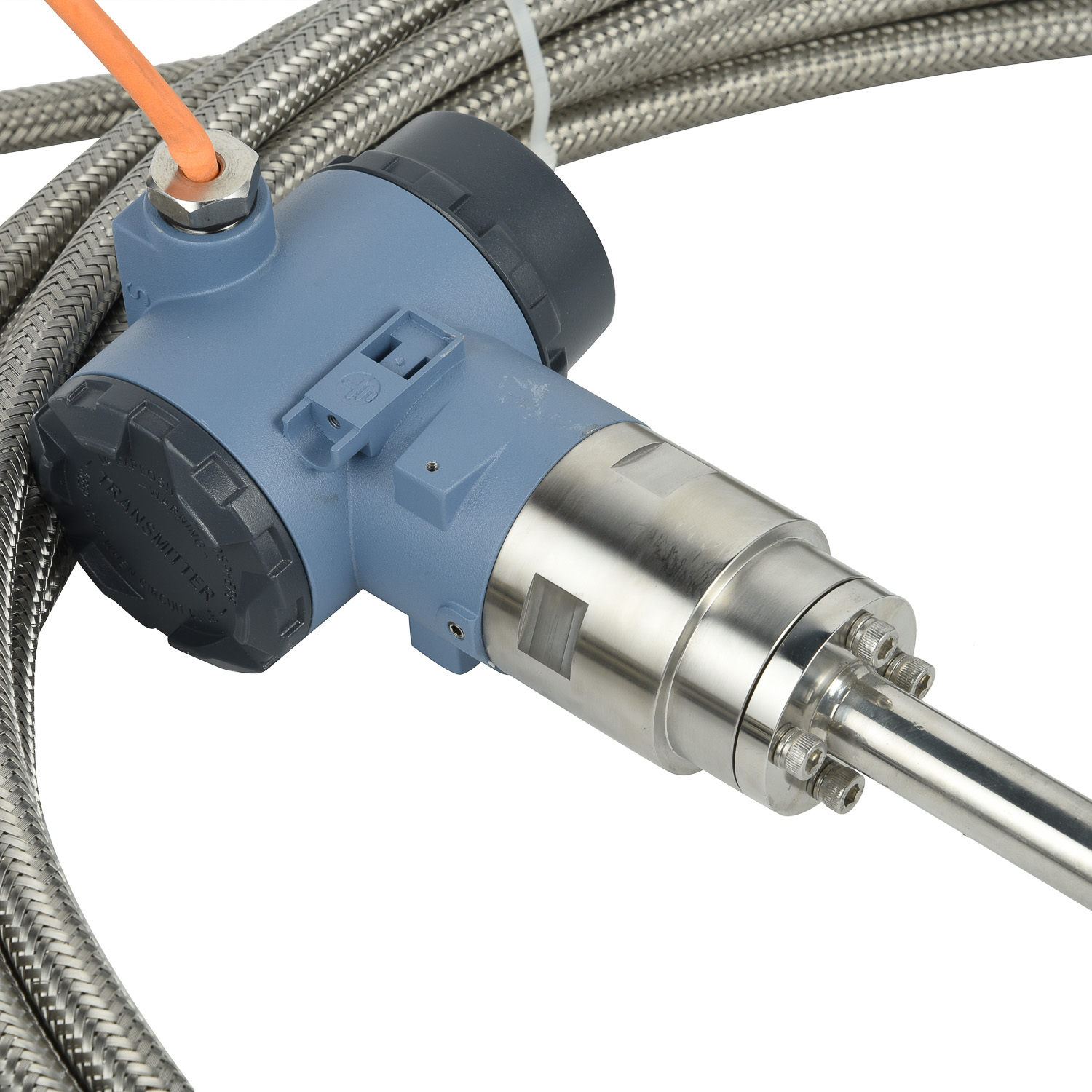 MagnetostrictiveLevelSensorfor
MagnetostrictiveLevelSensorfor
